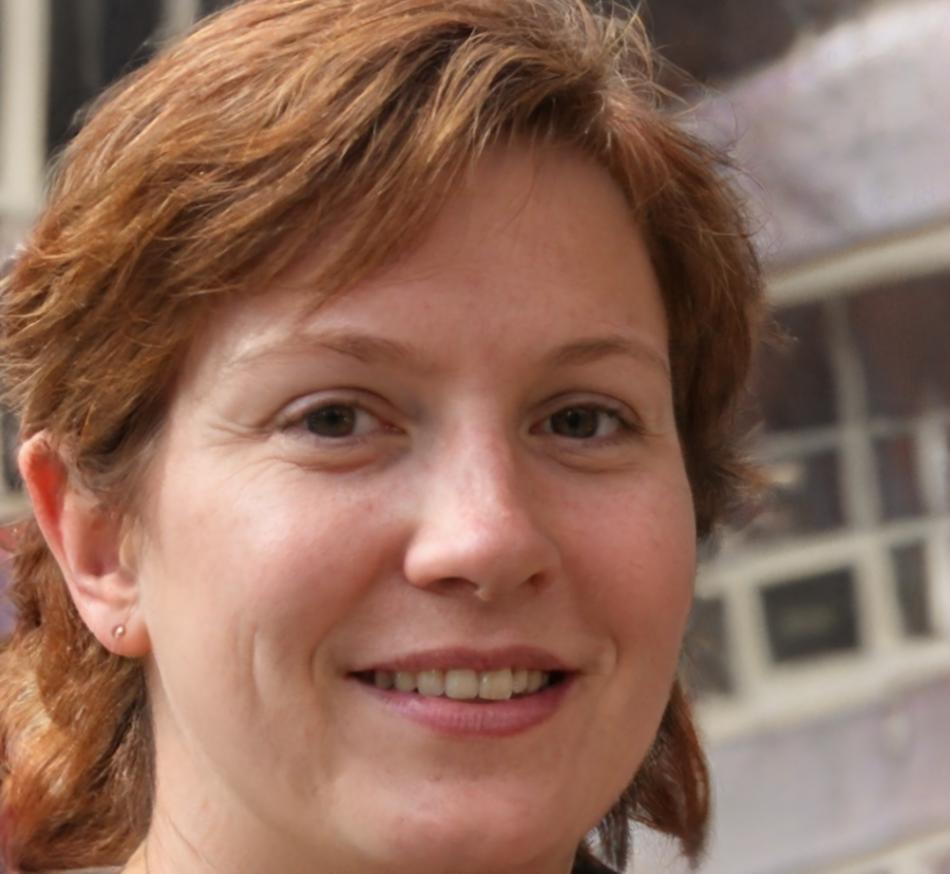Advanced Financial Modeling Methodology
Discover our comprehensive approach to teaching financial analysis through proven methodologies that combine theoretical foundations with practical market applications
Our Teaching Philosophy
We believe that mastering financial modeling requires more than just technical skills. Our methodology centers on building analytical thinking patterns that enable students to approach complex financial scenarios with confidence and precision. This philosophy has evolved through years of working with analysts who've gone on to shape Australia's financial landscape.
What sets our approach apart is the emphasis on understanding the 'why' behind every formula and technique. Rather than memorizing templates, students learn to construct models from fundamental principles, ensuring they can adapt to any market condition or business scenario they encounter.
Problem-solving methodology that emphasizes logical progression from basic assumptions to complex valuations
Real-world case studies drawn from Australian market conditions and regulatory frameworks
Collaborative learning environment where students challenge assumptions and test hypotheses

Core Methodology Components
Our structured approach breaks down complex financial concepts into manageable, interconnected learning modules
Foundation-First Learning
We start with fundamental principles before advancing to sophisticated modeling techniques. This ensures students understand the underlying logic of every calculation and can troubleshoot models effectively when assumptions change.
- Mathematical foundations for financial analysis
- Time value of money concepts and applications
- Risk assessment and probability distributions
- Statistical analysis for financial data
- Economic theory integration
Hands-On Model Construction
Students build models from scratch rather than filling in pre-made templates. This approach develops the critical thinking skills needed to create robust, flexible models that stand up to real-world scrutiny and regulatory requirements.
- Step-by-step model architecture design
- Dynamic scenario analysis capabilities
- Error-checking and validation techniques
- Professional formatting and documentation
- Sensitivity analysis implementation
Industry-Focused Application
Every concept is immediately applied to real industry scenarios, with particular emphasis on Australian market conditions, regulatory frameworks, and business practices that students will encounter in their professional careers.
- ASX-listed company case studies
- AASB compliance considerations
- Sector-specific valuation approaches
- Regulatory impact assessments
- Cross-border transaction modeling
Why Our Approach Works
Our methodology is built on the understanding that financial modeling is both an art and a science. While technical precision is crucial, the ability to make sound judgments about assumptions, interpret results, and communicate findings effectively separates good analysts from great ones.

Dr. Sarah Mitchell, Lead Methodology Designer
With over 15 years in investment banking and corporate finance across Australia's major financial centers, Dr. Mitchell has developed our teaching framework based on what actually works in practice. Her approach focuses on building the analytical mindset that enables students to tackle any valuation challenge with confidence.
"The most successful analysts I've worked with don't just execute models—they think critically about every assumption and can defend their methodology under pressure. That's exactly what we're training our students to do."
Progressive Complexity
We layer complexity gradually, ensuring each new concept builds logically on previous learning. Students master fundamentals before tackling advanced techniques like Monte Carlo simulations or real options valuation.
Iterative Refinement
Models are revisited and refined multiple times throughout the course. This mimics real-world practice where models evolve as new information becomes available and assumptions are tested against market conditions.
Peer Collaboration
Students work in teams to challenge each other's assumptions and methodologies. This collaborative approach mirrors the peer review process in professional environments and strengthens analytical reasoning.